

 You don't
need us to tell you how difficult infertility can be. Maybe you have been
diagnosed with Polycystic Ovaries or Endometriosis. Maybe the doctors can't
find a reason you're not getting pregnant. You might have tried IVF and it
hasn't worked, or maybe you're just starting to try for a baby and you want to
maximize your chances.
You don't
need us to tell you how difficult infertility can be. Maybe you have been
diagnosed with Polycystic Ovaries or Endometriosis. Maybe the doctors can't
find a reason you're not getting pregnant. You might have tried IVF and it
hasn't worked, or maybe you're just starting to try for a baby and you want to
maximize your chances.
Back to Top

Back to Top
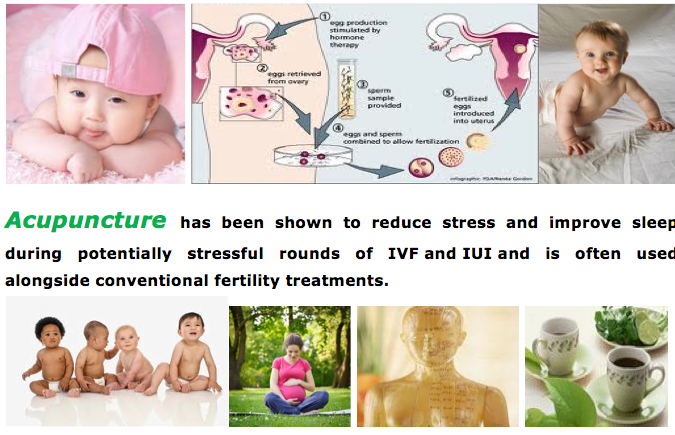
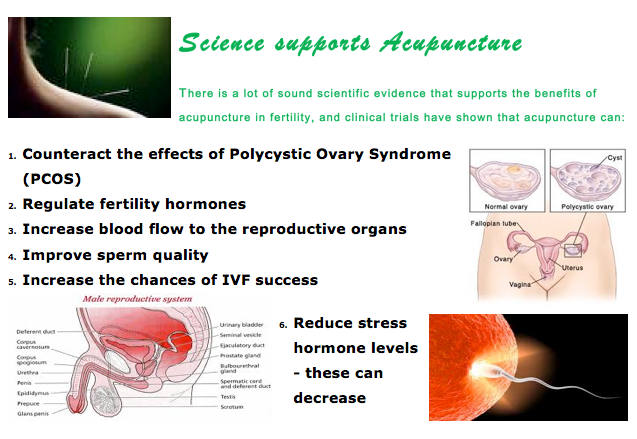

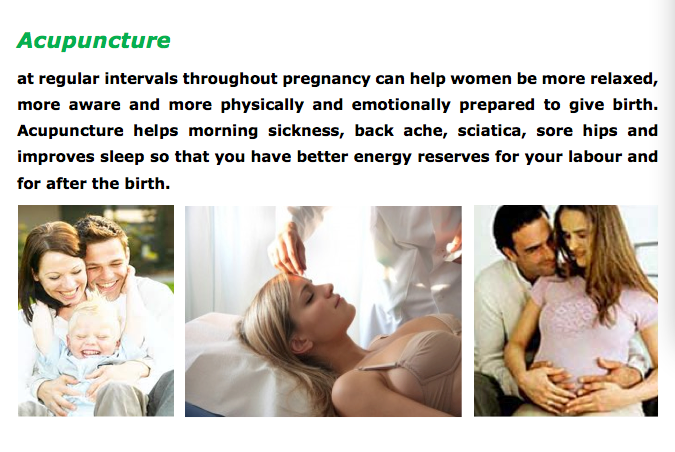
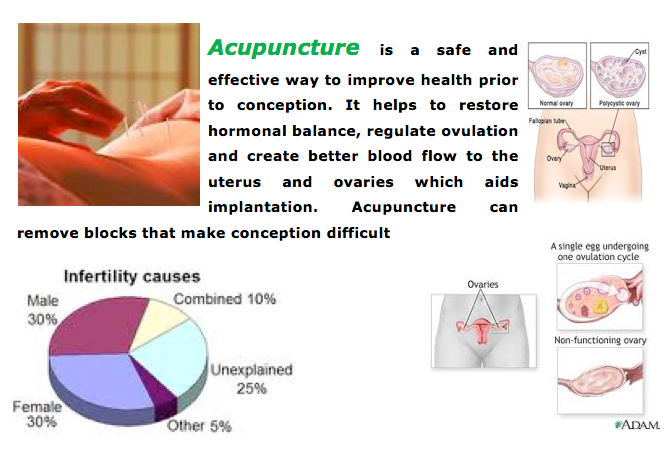
Back to Top
Did you know
...?

It
takes about three hours for sperm to fully enter an egg and it can be
fertilized by sperm that have been ejaculated up to seven days before.
The outside coat of an egg has special areas that attract sperm.
About eight to ten days after ovulation the embryo embeds itself in the wall of
the uterus and pregnancy begins, lasting an average 280 days.
A couple is likely to conceive in three to six months, if they are having sex
regularly.
Back to Top

Fig. 1 Diurnal variation in body temperature, ranging
from about 37.5 °C from 10 a.m. to 6 p.m., and falling to
about 36.4 °C from 2 a.m. to 6 a.m.
Basal body temperature is the lowest temperature attained by the
body during rest (usually during sleep). It is generally measured immediately
after awakening and before any physical activity has been undertaken, although
the temperature measured at that time is somewhat higher than the true basal
body temperature (see Fig. 1). In women, ovulation causes an increase of one-half to one degree Fahrenheit (one-quarter
to one-half degree Celsius) in basal body temperature (BBT); monitoring of BBTs is one way of estimating the day of ovulation. The
tendency of a woman to have lower temperatures before ovulation, and higher
temperatures afterwards, is known as a biphasic pattern. Charting of this pattern may be used as a component
of fertility awareness.
While avoiding pregnancy Charting of basal
body temperatures is used in some methods of fertility awareness, and may be used to determine the onset of
post-ovulatory infertility. However, basal body temperatures (BBTs) only show
when ovulation has occurred, they do not predict ovulation. Normal sperm life
is up to five days making prediction of ovulation several days in advance
necessary for avoiding
pregnancy.
Hormonal causes
of biphasic patterns
The higher levels of estrogen present during the pre-ovulatory phase of
the menstrual
cycle lower basal body temperatures . The higher levels of progesterone released by the corpus luteum after ovulation raise basal body temperatures. The rise in temperatures can most commonly be seen the day after
ovulation, but this varies and basal
body temperatures can only be used to estimate ovulation
within a three day range. If pregnancy does not occur, the disintegration of
the corpus luteum causes a drop in basal body temperatures that roughly
coincides with the onset of the next menstruation. If pregnancy does occur, the
corpus luteum continues to function and maintain high BBTs for the first
trimester of the pregnancy. After the first trimester, the woman's body
temperature drops to her pre-ovulatory normal as the placenta takes over
functions previously performed by the corpus luteum. Very rarely, the corpus
luteum may form a cyst. A corpus luteum cyst will cause basal body temperatures to stay elevated and prevent menstruation from occurring until it
resolves which could take weeks or months.
While trying
to conceive Regular menstrual
cycles are often taken as evidence that a woman is ovulating normally, and
irregular cycles is evidence she is not. However, many women with irregular
cycles do ovulate normally, and some with regular cycles are actually
anovulatory or have a luteal phase defect. Records of basal body temperatures
can be used to accurately determine if a woman is ovulating, and if the length
of the post-ovulatory phase (luteal phase) of her menstrual cycle is sufficient
to sustain a pregnancy. Some fertility computers and software, can help a woman
to determine these factors. Pregnancy
tests are not accurate
until 1–2 weeks after ovulation. Knowing an estimated date of ovulation can
prevent a woman from getting false negative results due to testing too early.
Also, 18 consecutive days of elevated temperatures means a woman is almost
certainly pregnant. Tracking basal body temperatures is a more accurate method
of estimating gestational
age than tracking menstrual periods.
 Fig. 2 Menstrual cycle
Fig. 2 Menstrual cycle
Charting of basal body temperatures is used in some
methods of fertility awareness, and may be used
to determine the onset of post-ovulatory infertility. However, BBTs only show
when ovulation has occurred, they do not predict ovulation. Normal sperm life
is up to five days making prediction of ovulation several days in advance
necessary for avoiding pregnancy.
Back to Top
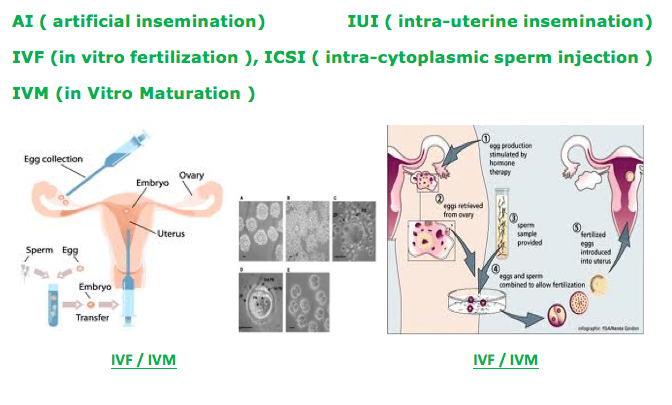
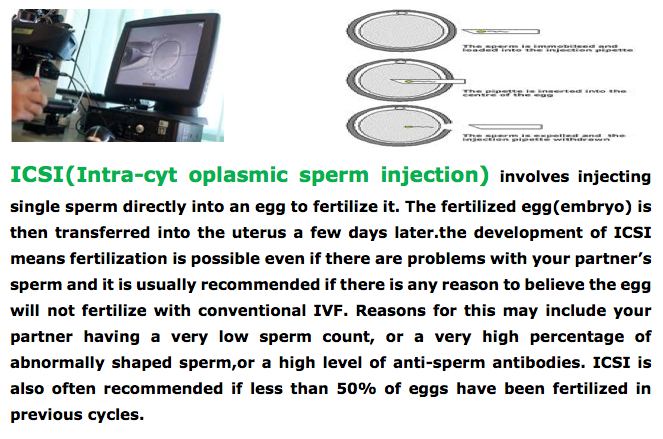
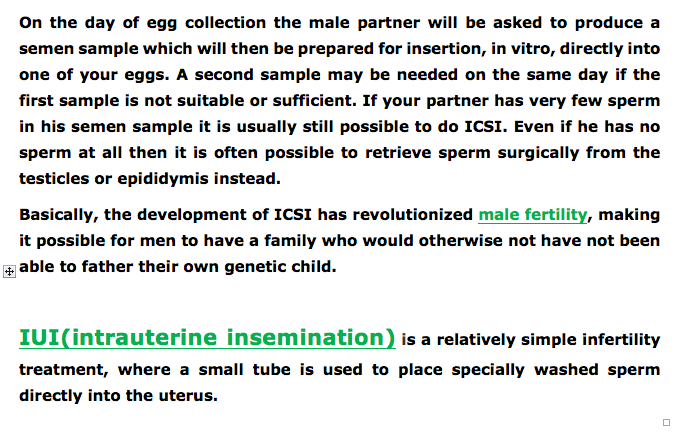
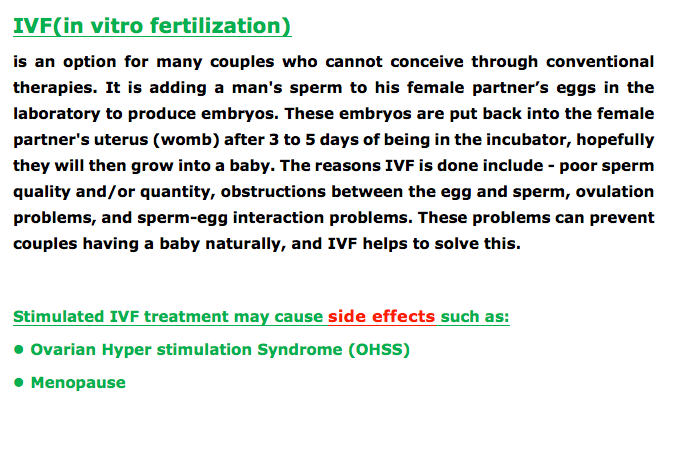
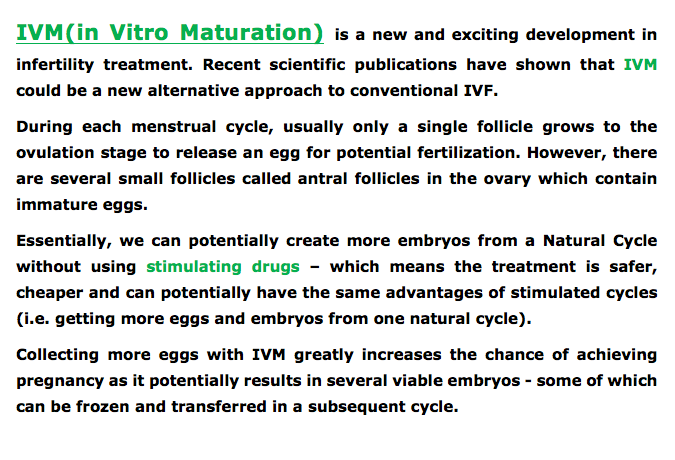
Back to Top